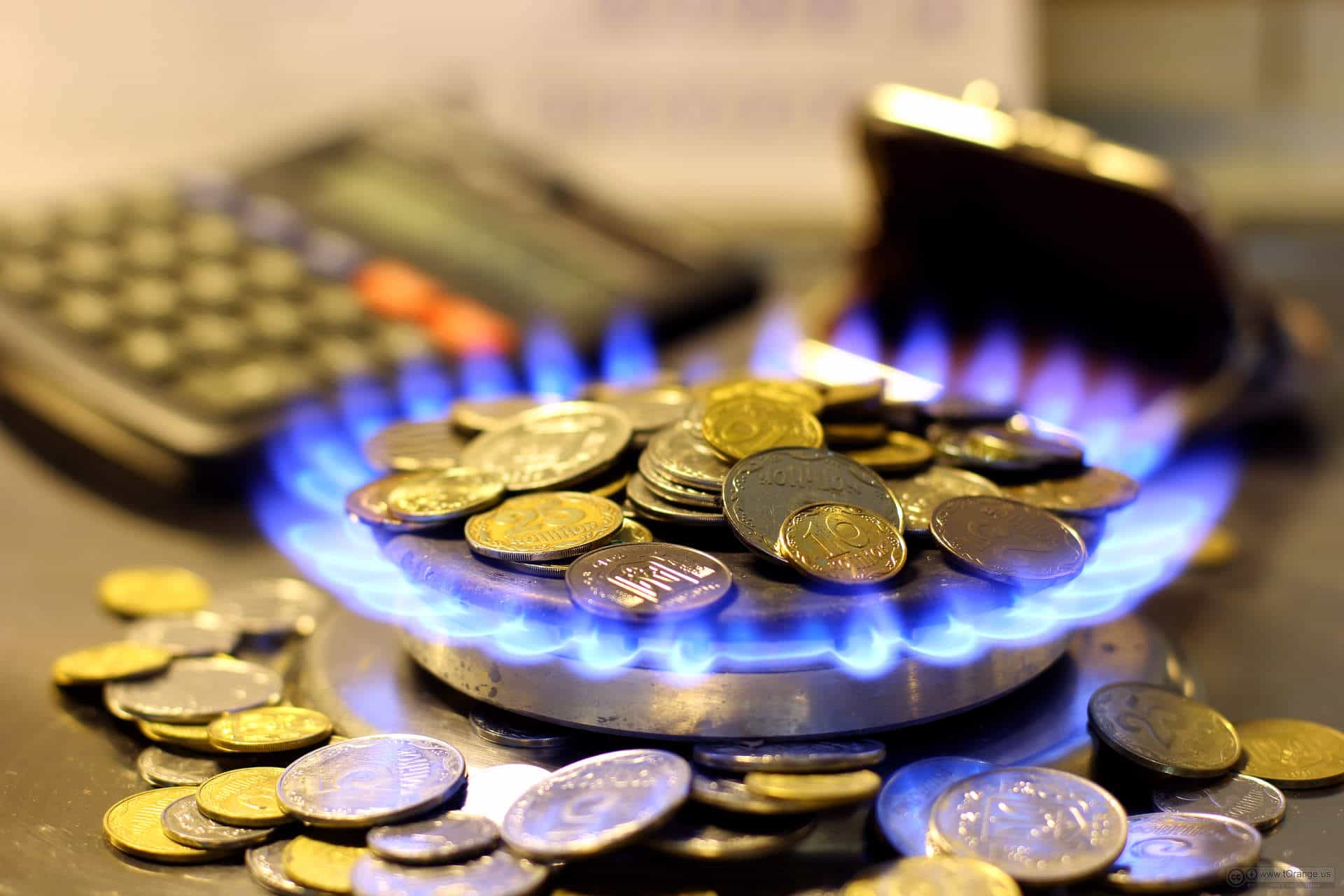When asked about the top-performing commodity stocks of 2016, many would likely mention oil stocks, which have been supported by a 20% rally year-to-date. These individuals, however, would be wrong. Year-to-date, natural gas–weighted names have actually outperformed oil names by a fairly large margin.
The average Canadian oil producer is up 13% year-to-date (excluding dividends), whereas the average gas producer is up over twice that at 35%. This rally is due largely to the strength of Henry Hub natural gas prices this year (up only 8.8% year-to-date, but close to 60% from early March lows). While Canadian natural gas producers received AECO prices (which trade at a discount to Henry Hub), AECO prices would rise as Henry Hub prices rise, and the difference between them would likely narrow.
This leads to the question, Will natural gas prices rise? The answer is, very likely (and potentially by lots), and when they do, they’ll take shares of Birchcliff Energy Ltd. (TSX:BIR) and Tourmaline Oil Corp. (TSX:TOU)—both top-tier names—significantly higher.
Why natural gas prices should rise
Natural gas prices are currently US$2.59/MMBtu, and an increase to US$3/MMBtu (at the very least) is likely in the near future. Natural gas prices have suffered over the past several years due to oil-related activity (gas is a by-product of oil production) and, as a result, a huge surplus of natural gas developed. This surplus was only worsened by an abnormally warm winter last year (caused by the El Nino weather phenomenon), which reduced demand for heating and natural gas.
There is currently 3.317 trillion cubic feet (tcf) of natural gas in storage (the five-year average is 2.877 tcf), and three tcf is normal for the fall. Fortunately, very low natural gas prices have resulted in natural gas production coming down significantly. There are currently only 81 natural gas rigs in operation (last year at this time it was around 400 with the high in 2008 being 1,606).
With these rig-count reductions have come reductions in production, and U.S. dry gas production has fallen from 75.42 tcf in September 2015 to 73.5 currently. This reduction is occurring because drillers simply can’t afford to drill at current prices. According to oil and gas analyst Art Berman, even US$3/MMbtu is below the breakeven price for most U.S. shale gas plays.
He puts the average breakeven price at US$3.58, and this means prices would have to rise significantly before wells are economic. U.S. shale production declines quickly (about 70% in the first year), and this means higher prices will be needed to allow companies to replace declining production.
With a much colder winter expected this year than last year (thanks to the La Nina weather phenomenon), natural gas prices could spike.
Play it with these two names
Starting with Birchcliff Energy, oil fund manager Eric Nuttall (manager of the top-performing Canadian energy fund) sees this stock with a price target of $14 per share, which would be 57% above the current price level.
Birchcliff offers leverage to both rising gas prices as well as oil prices (with gas expected to be about 76% of total production in 2017). Birchcliff just purchased a natural gas–producing property from Encana for $625 million (a huge deal for a billion-dollar company at the time). This deal will allow Birchcliff to ramp up its production significantly, while reducing its leverage (from debt that is 3.6 times cash flow to 1.3).
For more natural gas exposure, investors should consider Tourmaline, which has 85% gas exposure. Tourmaline is known for being one of the lowest-cost operators in the Canadian energy space, and assuming US$3.30 natural gas prices in 2017, analysts at Bank of Nova Scotia see Tourmaline having 10% upside.
These two names would offer an average return of 33% should these price targets be accurate. This is very possible since they are dependent on rising natural gas prices, which is the most likely option considering the natural gas market will be balanced in 2017 according to the IEA.









